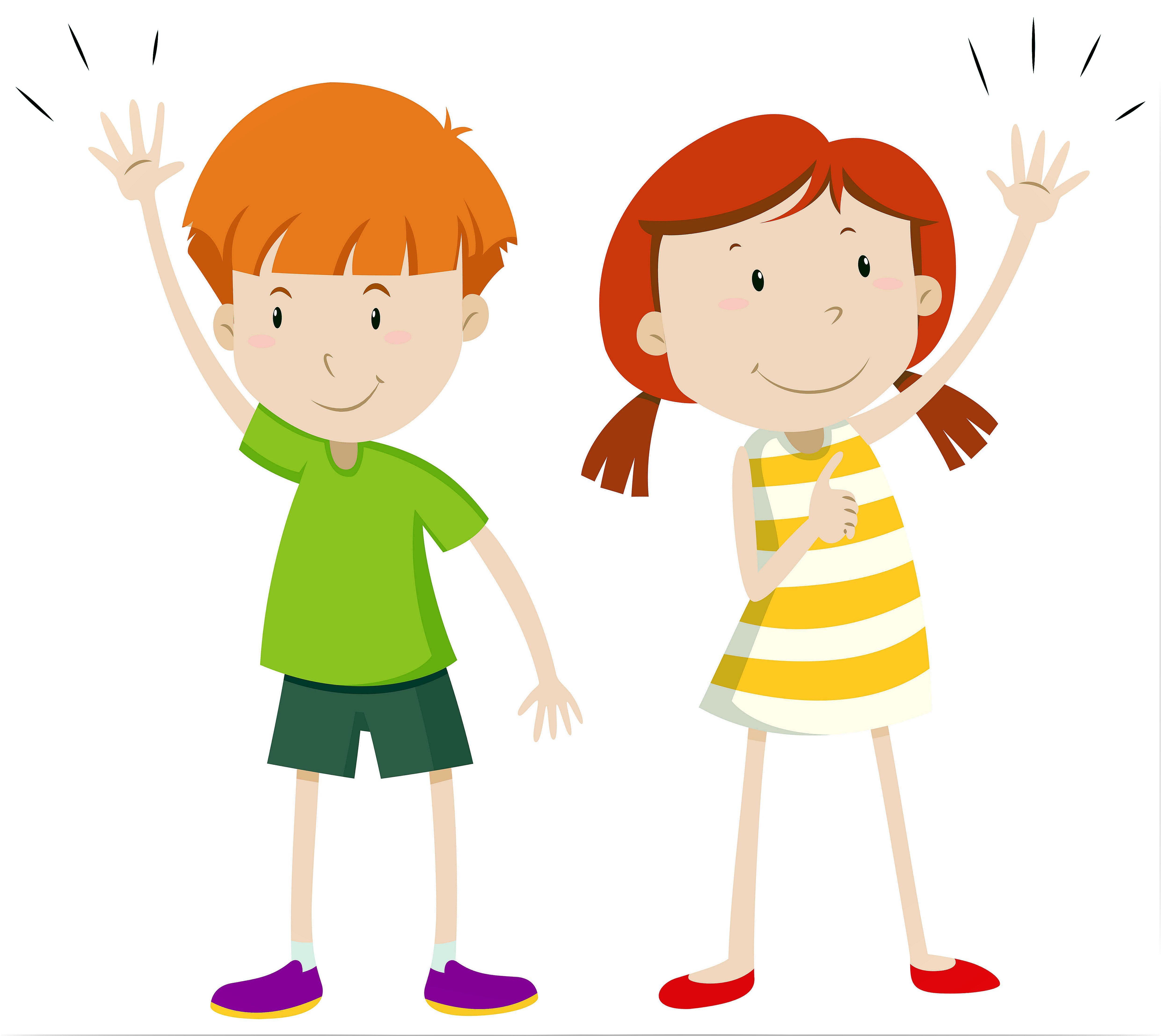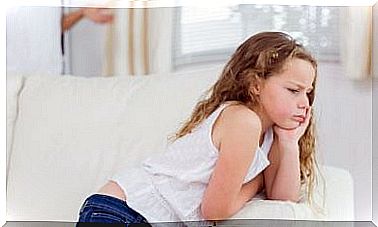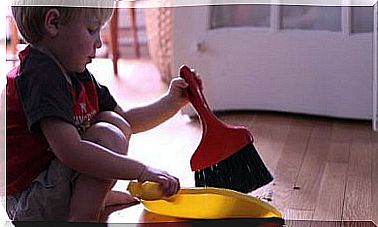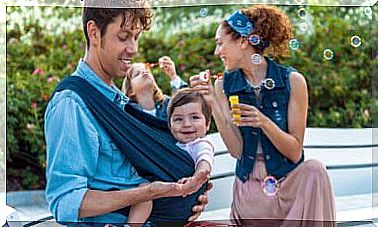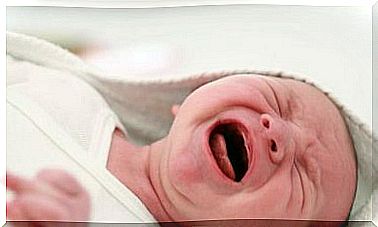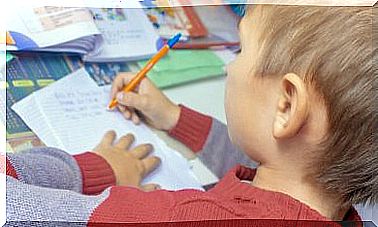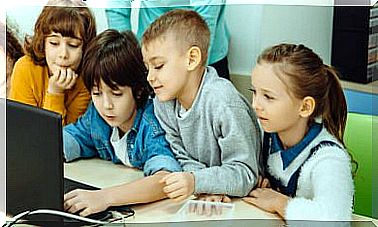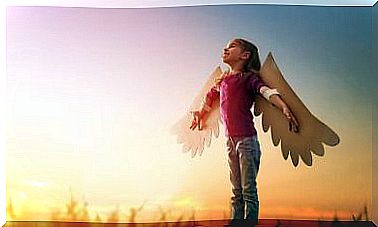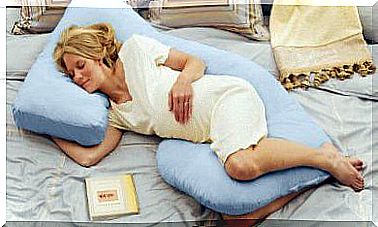7 Brain Gymnastics Exercises For Children
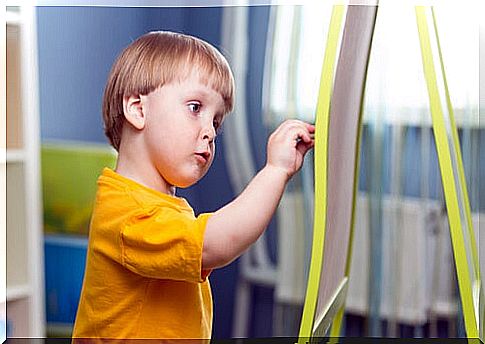
Brain gymnastics for kids is a training routine that prepares the body and mind for learning. These are exercises that help release stress, concentrate accumulated energy and wake up the brain.
These activities can be done at home or at school and, in addition to being convenient, they are fun for your children.
The essence of this technique is to engage the brain through bodily commands that stimulate it. The great advantage of brain gymnastics for children is that it can be practiced by people of any age.
If one day you need to focus your attention on an activity, do one of these exercises before starting.
Brain gymnastics for children: a way to enhance learning
1.- Draw the number 8
Ask your child to draw the number 8 many times using his fingers, that is, making the figure in the air. You can also give him a sheet of paper and teach him how to trace it.
The important thing in this exercise is that the non-dominant hand is used. In this way, the creative hemisphere of the brain is stimulated and the muscles of the hands are activated.
2.- Cross crawling
They help eliminate excess energy, which is ideal before starting an activity that requires concentration. In this simple exercise, both brain hemispheres are activated and work together.
All the little one has to do is stand up and touch the left knee with the right elbow. Then the moment is reversed and the left elbow touches the right knee . The movements must alternate repeatedly.
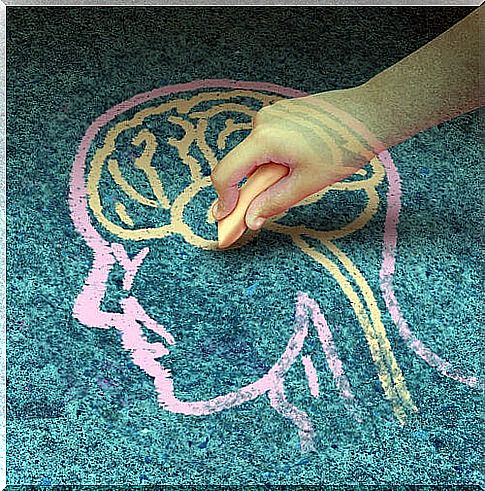
3.- Double doodle
It is a two-way drawing activity in which your little one must draw a figure simultaneously with both hands. With this activity, written language skills, mathematical calculation and symbolic thinking are developed.
This exercise is recommended before starting to do complex tasks.
4.- Outline of the circle and the square
This exercise consists of the child drawing a triangle with his right hand, in the air or on paper. On the same surface and at the same time, you must draw a circle with your left hand.
The movements must be repeated until both hands manage to make their figure independently. It is a dissociation exercise that helps to empower the brain.
5.- Taps and circles
Another activity to stimulate both halves of the brain begins with one hand on the abdomen in circular motions. This movement is combined by tapping the head with the other hand.
In this way you will achieve that the brain reaches an ideal state for learning, and thus assimilate new information.
6.- Little fingers and indexes
With the right fist closed, the child should raise his little finger. At the same time, with your left fist clenched, you will raise your index finger. Then, when you give the indication, you must reverse the movements: in the right hand, the index, in the left, the little finger.
This activity helps improve concentration and develop fine motor skills.
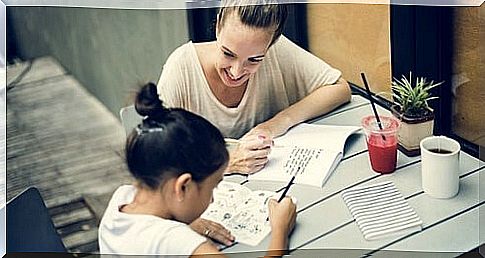
7.- Exercises with the neck
Breathing deeply, invite the little one to relax his shoulders and bring his head back with his eyes closed. Then you should start to move your head from side to side and make small circles.
Throughout the exercise, it is key to breathe deeply . With these movements, breathing is improved, which adequately oxygenates the brain.
You can create a routine of 5 or 10 minutes each day in which you combine these exercises and do it before school. In this way, you will prepare your children to efficiently process all the information they will receive during the day.
With brain gymnastics for children, basic skills are developed from an early age. Among them, coordination, balance, fine and gross motor skills, concentration and visual perception. Before doing homework, practice these activities so that children have better results.
